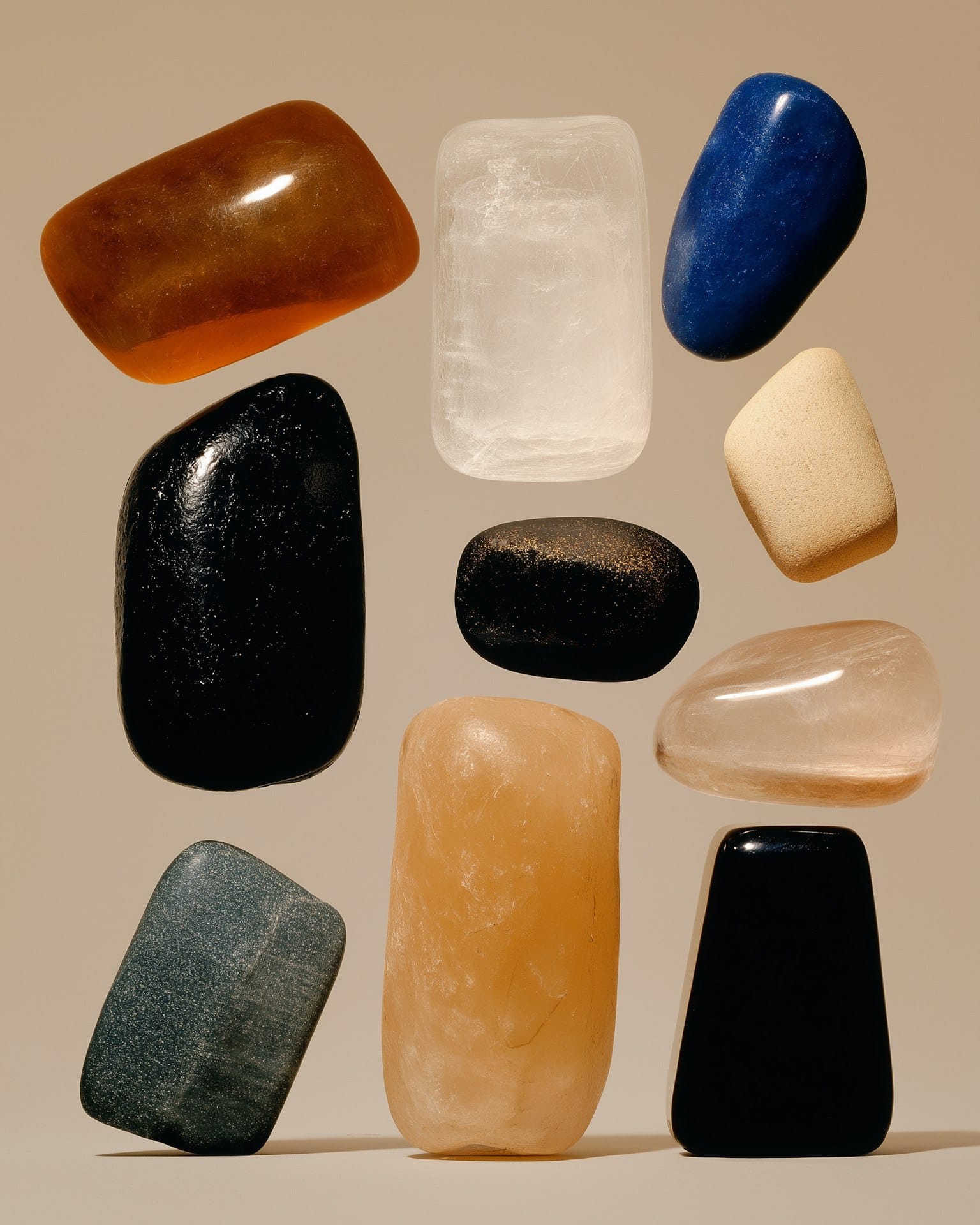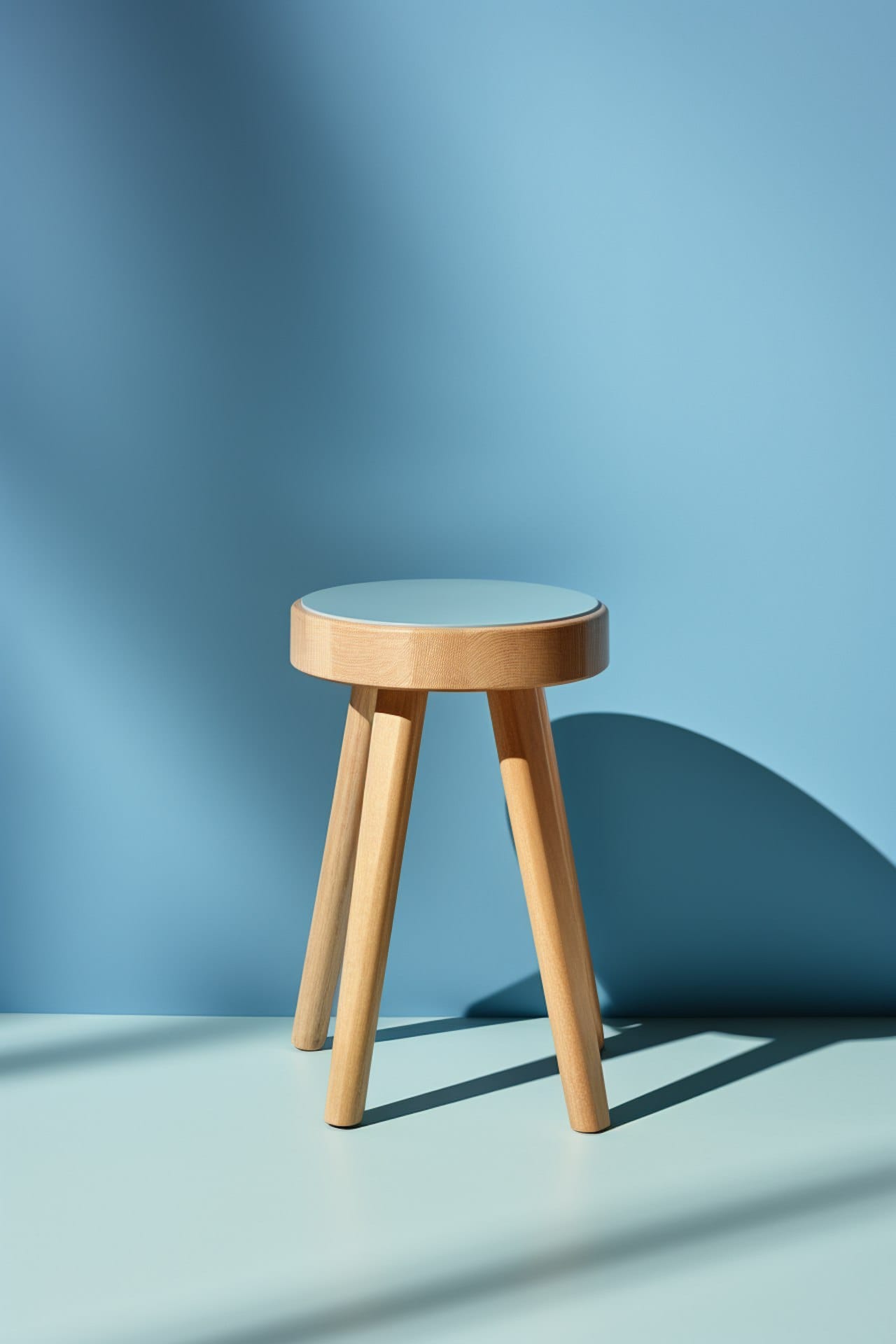AI Unearths the Past: Algorithms Aid Archaeological Discoveries
Silicon sleuths dig deep! How artificial intelligence is becoming the new pickaxe in the quest for lost civilizations. Prepare for history redefined.




Silicon sleuths dig deep! How artificial intelligence is becoming the new pickaxe in the quest for lost civilizations. Prepare for history redefined.

The field of archaeology is increasingly embracing the power of artificial intelligence (AI) to revolutionize the process of discovery and analysis. Sophisticated AI models are being developed and deployed to assist archaeologists in identifying potential dig sites, analyzing vast datasets of satellite imagery and geophysical surveys, and even reconstructing fragmented artifacts. This technological integration promises to accelerate the pace of archaeological research and unlock new insights into past civilizations.
One significant application of AI in archaeology involves the analysis of remote sensing data. Algorithms can be trained to identify subtle patterns and anomalies in satellite images or aerial photographs that might indicate the presence of buried structures or ancient settlements. This can help archaeologists prioritize areas for ground-based investigation, saving significant time and resources.





AI is also proving invaluable in the analysis of the massive amounts of data generated by modern archaeological excavations. Machine learning algorithms can be used to classify artifacts, identify patterns in their distribution, and even help reconstruct broken pottery or other fragmented objects. This can lead to more accurate interpretations of past cultures and their material remains.
The integration of AI into archaeology represents a powerful collaboration between technology and the humanities. While AI offers incredible analytical capabilities and the potential to uncover hidden aspects of the past, the expertise and contextual understanding of archaeologists remain crucial for interpreting the data and drawing meaningful conclusions about human history. This partnership promises to yield exciting new discoveries and a deeper understanding of our shared past.